22 Popular European Rice Dishes That Wow Every Palate
Rice has transformed countless culinary landscapes across europe, weaving delightful stories through its versatile nature and regional interpretations.
European cuisines embrace this humble grain with remarkable creativity and passion.
Kitchens from mediterranean coastlines to alpine regions celebrate rice's incredible potential for bringing people together around shared meals.
Traditional techniques and local ingredients dance harmoniously within each carefully prepared rice creation.
Cultural heritage shines through intricate preparation methods that reflect generations of culinary wisdom.
Regional variations showcase how a single ingredient can spark incredible gastronomic diversity across different european territories.
The magic lies in understanding how each community transforms simple grains into extraordinary culinary experiences.
These 20 popular european rice dishes will tantalize your taste buds and transport you through delicious cultural journeys:
Europe’s Rice Types: More Than Just Risotto
Discover the incredible range of rice grown across Europe’s fields. These types are the foundation of beloved classics from paella to pudding.
Arroz Carolino Das Lezirias Ribatejanas
Carolino rice are premium Portuguese short-grain kernels prized for their exceptional ability to absorb flavors and maintain a velvety, smooth texture during cooking.
Grown in Salvaterra de Magos near Lisbon, these rice grains benefit from Mediterranean climate conditions that produce firmer, more resilient kernels.
Regional soil and weather patterns contribute to its distinctive structural integrity, preventing disintegration during preparation.
Glutenous properties allow carolino rice to create exceptionally creamy dishes with remarkable depth and richness.
Portuguese cuisine frequently features this rice in traditional recipes, highlighting its unique culinary characteristics.
Agricultural practices in the region ensure consistent quality and superior grain performance.
Careful cultivation methods preserve the rice's natural softness and flavor-absorbing capabilities.
Mediterranean influences shape this exceptional rice variety's remarkable culinary profile.
Arborio
Arborio rice transforms ordinary dishes with its unique creamy texture and distinctive short, rounded grains packed with starch.
Italian kitchens prize this premium rice variety from Po Valley's Arborio town for its exceptional risotto-making qualities.
Chefs carefully cook Arborio without rinsing to preserve its natural starchy coating that creates rich, smooth dishes.
Its high starch content enables exceptional absorption of flavors and liquid while maintaining a slightly firm bite.
Unlike standard long-grain rice, Arborio costs nearly double the price due to its specialized culinary properties.
Traditional Italian recipes frequently feature this rice in classic risottos and sweet rice puddings.
Farmers cultivate Arborio in specific regions of northern Italy with precise agricultural techniques.
Cooking experts recommend preparing Arborio al dente to maximize its signature creamy and slightly chewy texture.
Arroz Bomba
Bomba rice are short-grain Spanish kernels prized for their exceptional water absorption and unique structural integrity during cooking.
Spanish farmers cultivate these remarkable grains in Valencia's wetlands, carefully nurturing crops that mature slowly and maintain distinct round shapes when prepared.
Developed since the 14th century, Bomba rice kernels can soak up two to three times their volume without losing form or breaking down.
Their pearly white color and high amylose content make them superior for paella and other traditional Spanish dishes.
Farmers harvest these special grains with meticulous attention to preserve their signature characteristics.
Water transforms Bomba rice into plump, round kernels that expand width-wise instead of lengthwise.
Chefs value Bomba rice for its ability to hold sauces and seasonings perfectly.
Growing conditions in Valencia's marshy regions contribute to the rice's exceptional quality and taste.
Carnaroli
Carnaroli rice reigns supreme in risotto preparation, offering an unparalleled creamy texture through its exceptional starch content and ability to absorb liquids without overcooking.
Discovered by Emiliano Carnaroli as a cross between Lencino and Vialone Nano varieties, this short-grain rice originates from Northern Italy's Novara, Vercelli, and Pavia provinces.
Italian chefs prize Carnaroli for its superior risotto-making qualities, often calling it the 'king' of rice varieties.
Its unique grain structure allows for perfect risotto consistency, maintaining firmness while creating a luxurious, silky mouthfeel.
Compared to Arborio rice, Carnaroli has a smaller grain and higher starch content.
Rice farmers carefully cultivate this premium variety to meet strict quality standards.
Restaurants and home cooks worldwide seek Carnaroli for its exceptional culinary performance.
Riso
Rice dominates global nutrition as a staple grain cultivated extensively across continents, with Italy emerging as Europe's premier rice producer through its lush Lombardy region.
Italian rice fields spanning provinces like Lodi, Mantua, Milano, and Pavia generate multiple premium varieties including Carnaroli, Arborio, and Vialone Nano.
Farmers meticulously grow rice from April through October, carefully selecting seeds based on culinary requirements and regional climate conditions.
Agricultural experts consider Carnaroli the king of risotto rice due to its high starch content and exceptional ability to absorb liquids while maintaining structural integrity.
Northern Italian rice paddies benefit from sophisticated irrigation systems that ensure optimal growing conditions for different grain types.
Specialized cultivation techniques developed over centuries contribute to Italy's reputation for superior rice production.
Regional microclimates and precise water management play crucial roles in determining grain quality and characteristics.
European agricultural markets recognize Italian rice as a benchmark for excellence in grain cultivation.
Baldo
Baldo rice stands as a premium Italian-Turkish hybrid grain renowned for its exceptional culinary versatility and rich starchy profile.
Developed in 1977 within Italy's Po valley by crossing stirpe 136 and arborio rice varieties, this grain quickly gained international recognition as the "king of rice".
Short-grain Baldo rice dominates the market, offering a buttery aroma and distinctive taste that chefs prize for risotto and pilaf preparations.
Turkish and Italian producers cultivate this grain with meticulous care, ensuring superior quality and texture.
Its starchiness creates a creamy consistency that elevates dishes from simple side meals to gourmet experiences.
Grown exclusively in Italy and Turkiye, Baldo rice represents a unique agricultural collaboration between two regions.
Multiple grain lengths exist, though short-grain remains most popular among home cooks and professional kitchens.
Its mild flavor and smooth texture make Baldo rice a versatile ingredient in Mediterranean and global cuisines.
Arroz Del Delta Del Ebro
Arroz del Delta del Ebro represents a premium Spanish rice designation with strict quality controls from Spain's Tarragona province wetlands.
Cultivated in unique delta landscapes, this rice comes in white and brown varieties including Bahia, Tebre, Senia, and Bomba types.
Each variety offers distinct cooking characteristics ranging from creamy Senia to firm Bomba grains.
Rice producers meticulously manage every production stage to maintain exceptional standards.
Specialized numbered labels trace each package back to its specific cultivation area and producer.
Regional wetland conditions contribute to the rice's distinctive texture and flavor profile.
Mediterranean climate and water conditions create ideal rice cultivation environments.
Arroz De Valencia
Arroz de Valencia represents a premium Spanish rice distinguished by its strict production regulations and unique regional varieties grown exclusively in Valencia's wetlands.
Professional cultivators carefully develop multiple rice strains like Senia, Bomba, and Albufera, each offering distinct textures from creamy to firm.
Valencia's specific geographic conditions contribute to the rice's exceptional quality and character.
Farmers meticulously manage rice production across Alicante, Castellon, and Valencia provinces.
Professional agricultural standards govern every production stage to maintain superior standards.
Each packaged rice batch receives a numbered traceability label connecting consumers directly to its precise origin.
Strict monitoring ensures consistent excellence throughout cultivation and distribution.
Quality control protects the rice's reputation as a premium agricultural product from Spain's eastern coastal region.
Riz De Camargue
Riz de Camargue represents France's distinctive rice varieties cultivated in the challenging salt-rich Camargue region since the 19th century.
Unique growing conditions with salty subsoil and hot climate produce grains of exceptional quality and delicate flavor.
Brown rice offers the highest nutritional value, packed with vitamins, minerals, amino acids, and fiber.
White round-grained rice dominates culinary applications, creating creamy risottos and sweet milk-based desserts.
Farmers manage multiple rice types including full, brown, white, non-stick, pre-cooked, and mixed varieties.
Agricultural methods adapt to restrictive environmental conditions.
Regional terroir significantly impacts rice characteristics.
Each grain reflects the distinctive landscape of southern France.
Riso Del Delta Del Po
Riso del Delta del Po represents a premium rice variety grown in northeastern Italy's fertile Po Delta plains, distinguished by its exceptional flavor profile stemming from unique regional soil and salt-rich environmental conditions.
Japonica rice strains like Carnaroli, Arborio, Baldo, and Volano thrive in these specific microclimates, developing distinctive characteristics prized by culinary experts.
Italian chefs favor Carnaroli for elegant risottos and complex dishes, while Arborio works beautifully in traditional rice preparations like arancini and timballo casseroles.
Regional farmers carefully cultivate these rice varieties across Rovigo and Ferrara provinces, leveraging generations of agricultural expertise.
Salt-infused terroir contributes to each grain's nuanced taste and superior texture.
Mediterranean sunlight and mineral-rich waters further enhance the rice's natural qualities.
Careful harvesting and processing preserve the rice's delicate flavor profile.
Riso Nano Vialone Veronese
Riso Nano Vialone Veronese represents a prized Italian rice variety cultivated exclusively in Verona's mineral-rich karst plains between three rivers.
Boasting exceptional culinary versatility, this Japonica rice maintains its unique flavor and integrity during cooking without easy breakdown.
Water and soil purity contribute to its distinctive darker tone and robust characteristics.
Farmers carefully grow this rice in specific geographical zones within Veneto region.
Its firm texture makes it ideal for risotto preparation and multiple dish applications.
Agricultural traditions protect its distinctive cultivation methods.
Local regulations ensure strict quality control for this special rice strain.
Regional experts consider Riso Nano Vialone Veronese a superior grain with remarkable cooking performance.
Calasparra
Calasparra rice embodies Spanish agricultural excellence with its unique short-grain characteristics grown exclusively in Murcia's pristine mountain valleys.
Small farmers cultivate this pesticide-free rice using traditional methods passed through generations since the 14th century.
Two distinctive varieties emerge - ordinary and Bomba - with Bomba rice prized for expanding dramatically during cooking.
Spanish chefs favor Calasparra for its exceptional absorption capabilities and ability to maintain individual grain integrity.
Mountain water and specific regional soil conditions contribute to its superior texture and flavor profile.
Strict agricultural regulations protect its authentic production method in designated geographical zones.
European Union recognition as a Protected Designation of Origin underscores its remarkable quality.
Paella preparation particularly highlights Calasparra rice's remarkable culinary potential.
Arroz Carolino Do Baixo Mondego
Carolino rice dominates Portuguese cuisine as a prized national grain cherished for its exceptional flavor-absorbing qualities.
Portuguese kitchens prize this long, round-grain rice grown exclusively in the Mondego, Tagus, and Sado river valleys.
Farmers carefully cultivate these unique rice varieties with meticulous attention to agricultural traditions.
Europeans consume far less rice compared to Portuguese households, which eat approximately five times more rice annually.
Salt-water and freshwater environments contribute to the rice's distinct texture and rich taste profile.
Regional agricultural practices ensure high-quality grain production through sustainable farming methods.
Multiple Portuguese dishes rely on Carolino rice as a fundamental ingredient for creating complex flavor combinations.
Portuguese culinary experts consider this rice superior for its remarkable ability to soak up surrounding ingredient essences.
Bahia Rice (Arroz Bahia)
Arroz Bahia emerges as a premium short-grain rice cultivated in Valencia, Spain, renowned for its exceptional absorption and cooking properties.
Valencia's culinary landscape treasures this rice variety for its distinctive ability to maintain grain separation during cooking.
Rice grains absorb liquids rapidly without becoming mushy, creating perfect texture for traditional Spanish dishes like paella.
Spanish farmers carefully cultivate this rice in specific regional conditions, ensuring consistent quality and flavor.
Mediterranean agricultural techniques contribute to its unique characteristics and superior cooking performance.
Regional climate and soil composition play significant roles in developing its remarkable culinary attributes.
Chefs and home cooks prefer Arroz Bahia for its consistent results and authentic Spanish cooking experience.
Spanish cuisine celebrates this rice as a fundamental ingredient in numerous regional recipes.
Albufera Rice (Arroz Albufera)
Arroz Albufera represents an exceptional Spanish rice variety cultivated exclusively in Valencia's Albufera Natural Park, emerging from strategic natural selection of Bomba, Senia, and Bahia rice strains.
Valencia's unique coastal landscape provides ideal growing conditions for this distinctive grain.
Rice farmers carefully develop this variety through meticulous breeding techniques.
Agricultural experts value its superior grain integrity and consistent cooking performance.
Albufera rice maintains remarkable firmness after preparation, distinguishing it from other regional varieties.
Spanish cuisine treasures this rice for its exceptional texture and regional authenticity.
Mediterranean culinary traditions highlight its subtle flavor profile.
Chefs prefer Arroz Albufera for paella and traditional rice dishes throughout Spain.
Cebolla Rice (Arroz Cebolla)
Arroz Cebolla represents a specialized short-grain rice cultivated exclusively in Valencia's Sollana region within Albufera Natural Park.
Spanish agricultural experts meticulously developed this rice strain to optimize paella preparation and grain quality.
Grown in unique marshy landscapes, the rice benefits from exceptional soil and microclimate conditions.
Farmers carefully select and nurture each grain to ensure superior texture and flavor absorption.
Agricultural techniques passed through generations contribute to its distinctive characteristics.
Local regulations protect its cultivation and maintain strict quality standards.
Rice growers take pride in their commitment to preserving traditional agricultural methods.
Valencia's specific environmental conditions make Arroz Cebolla an exceptional rice variety unmatched elsewhere.
Senia Rice (Arroz Senia)
Arroz Senia represents a premium Spanish rice variety cultivated exclusively in Valencia's fertile coastal regions near Albufera wetlands and Jucar River.
Mediterranean farmers carefully grow this medium-grained rice with exceptional liquid absorption qualities that prevent clumping during cooking.
Spanish cuisine relies on Arroz Senia for creating perfect paellas and traditional rice dishes with consistent texture and flavor.
Regional agricultural practices protect this native rice strain's genetic integrity through carefully controlled growing conditions.
Local regulations ensure authentic production methods maintain strict geographical standards.
Agricultural experts recommend Arroz Senia for professional and home cooking due to its superior cooking performance.
Small family farms continue traditional cultivation techniques passed through generations.
Valencia's unique microclimate contributes to the rice's distinctive characteristics and premium quality.
Riso Orange
Riso orange represents a unique naturally colored rice variety cultivated by Eleonora Bertolone through her companyRisodinori in Collobiano.
Developed from innovative agricultural techniques, this orange-hued rice stands out for its distinctive genetic characteristics.
Bertolone specializes in producing autochthonous rice varieties with natural pigmentation.
Her research focuses on creating rice strains with exceptional color profiles and agricultural sustainability.
Riso orange emerges from careful breeding and selection processes that highlight the potential of specialized rice cultivation.
Genetic variations contribute to its vibrant orange appearance and potential nutritional benefits.
Collobiano serves as the primary location for developing these unique rice varieties.
Risodinori continues to explore innovative approaches in agricultural innovation and rice production.
Riso Violet
Riso violeti is a rare, naturally purple rice cultivated by Eleonora Bertolone, distinguished by its striking deep violet color and unique antioxidant properties.
Grown exclusively by Risodinori in Collobiano, this remarkable rice derives its intense purple hue from high concentrations of anthocyanins.
Anthocyanins not only create a visually stunning appearance but also offer significant anti-inflammatory benefits.
Bertolone's carefully nurtured rice variety stands out for its exceptional aromatic complexity and vibrant color.
Each grain showcases a deep purple tone that transforms dishes into visual masterpieces.
Scientific research confirms the rice's potent health-promoting compounds.
Careful agricultural techniques ensure the preservation of its distinctive characteristics.
Connoisseurs prize this rice for its extraordinary sensory and nutritional profile.
Riso Di Baraggia Biellese E Vercellese
Riso di Baraggia Biellese e Vercellese are premium rice varieties grown in the fertile Piedmont plains of northern Italy, distinguished by their exceptional quality and unique terroir.
Recognized as a protected geographical indication, these rice grains develop distinctive characteristics from the specific microclimate and mineral-rich soil of the Baraggia nature reserve.
Farmers cultivate multiple varieties including Arborio, Carnaroli, Baldo, and Balilla, each serving different culinary purposes from creamy risottos to baked dishes and desserts.
Arborio rice stands out for its high starch content, making it perfect for creating luxurious, creamy risotto preparations.
The region's agricultural practices ensure each grain maintains superior texture and flavor profiles that distinguish these rice varieties from other Italian productions.
Carnaroli rice remains particularly prized by professional chefs for its ability to absorb flavors while maintaining a firm, elegant texture during cooking.
Meet the Growers: Europe’s Leading Rice Producers
Behind every great dish are dedicated rice farmers and millers. Their care ensures you enjoy perfect grains in every recipe.
Riso Magno
Riso Magno rice emerges as a premium Italian grain sourced exclusively from Piedmont's fertile Vercelli region, representing the pinnacle of sustainable agricultural excellence.
Young professional teams meticulously select each grain through rigorous quality control processes.
Traditional farmers collaborate closely with Riso Magno to cultivate rice using environmentally conscious methods.
Sustainable practices protect local soil resources and support regional agricultural communities.
Careful production supervision ensures exceptional grain quality from seed to packaging.
Packaging design reflects the company's commitment to preserving rice freshness and consumer convenience.
Italian agricultural heritage shines through their dedication to authentic, healthy rice production.
Riso Magno's approach transforms traditional rice cultivation into a modern, responsible agricultural model.
European Rice for Every Dish and Occasion
European rice brings flavor and texture to both hearty meals and delicate desserts. Stock your pantry and get ready to cook up something memorable.
Riso Magno Carnaroli
Riso Magno's Carnaroli Rice stands as Italy's most prized grain for gourmet cooking, distinguished by its long, pearly kernels and delicate sweetness.
Chefs worldwide select this premium rice for creating exceptional risottos with perfect al dente consistency.
Stone-whitening techniques preserve the grain's natural properties and nutritional integrity.
Each kernel maintains exceptional texture during cooking, requiring just 15 minutes to reach ideal doneness.
Allergen-free and non-GMO, this rice represents traditional Italian agricultural excellence.
Culinary professionals appreciate its consistent performance in complex dishes.
Versatile preparation options include risottos, rice salads, and sophisticated side dishes.
Quality processing ensures superior taste and nutritional value for discerning home cooks and professional kitchens.
What Acidic or Wine-Based Ingredients Appear in Rice Recipes?
Acidic and wine-based ingredients play a key role in many rice recipes, enhancing flavor complexity and balancing richness:
These acidic elements lift the dish, balancing creamy or rich ingredients and adding layers of flavor.
Are Dairy Ingredients Like Butter or Cheese Required in European Rice Recipes?
While not always mandatory, dairy ingredients such as butter and cheese are commonly used in many European rice recipes to enrich texture and flavor:
Though not strictly required, butter and cheese are traditional ingredients that contribute to the signature richness of many European rice dishes.

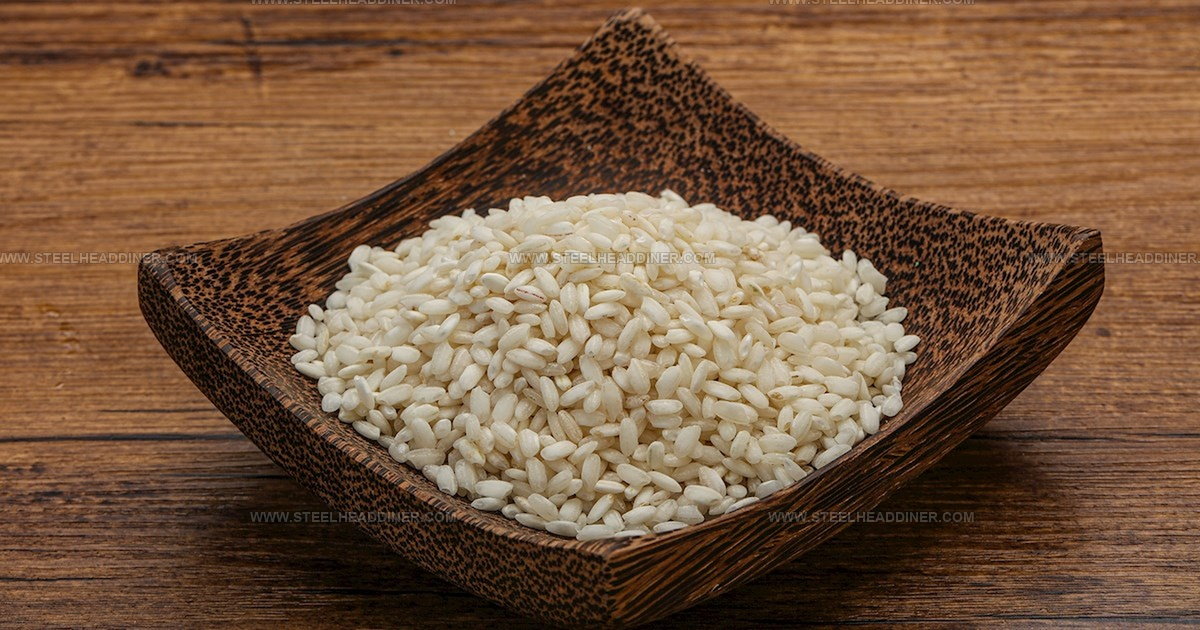
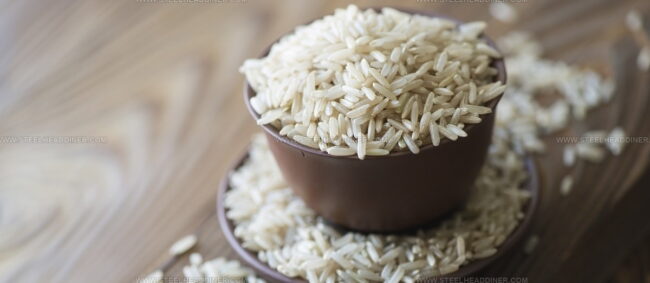
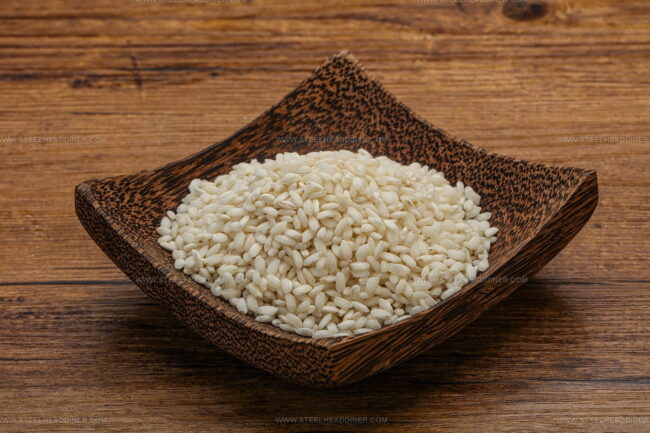
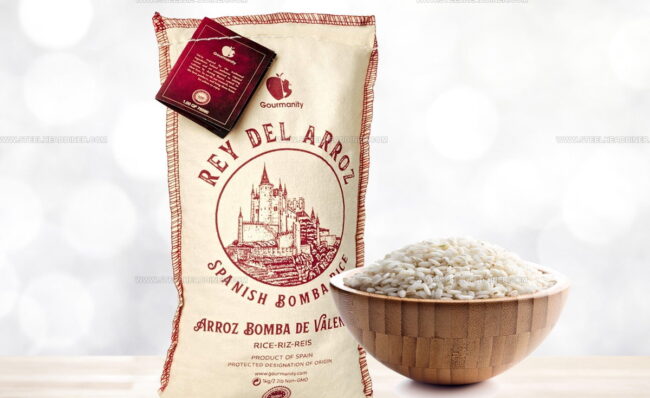
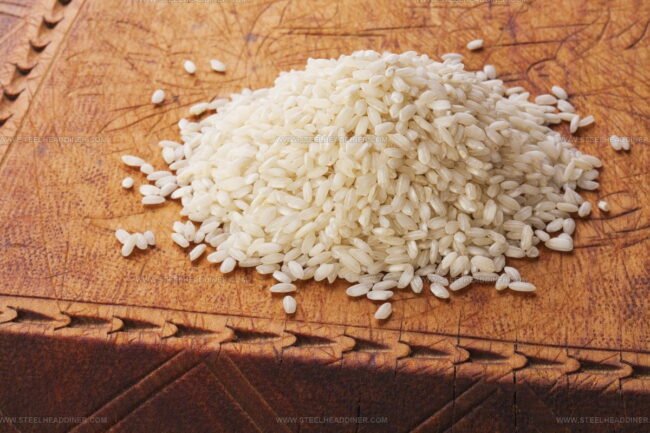
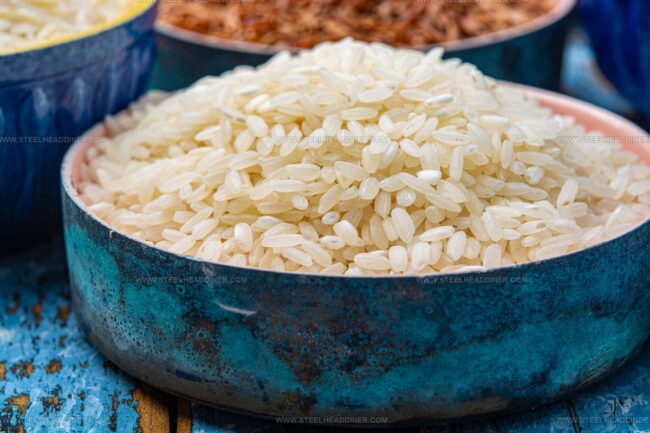




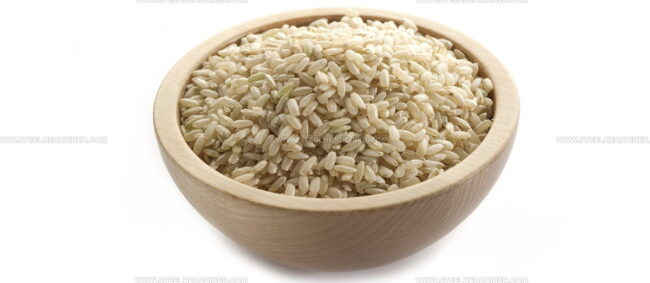
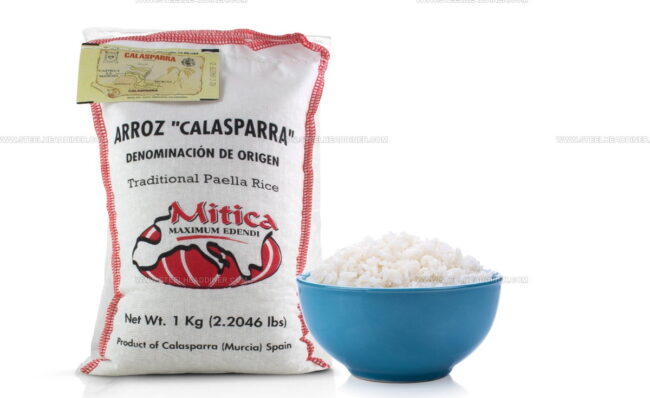
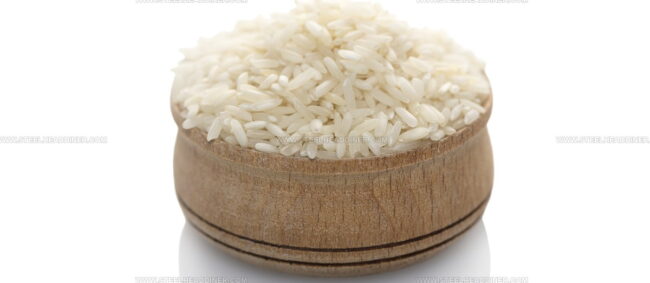
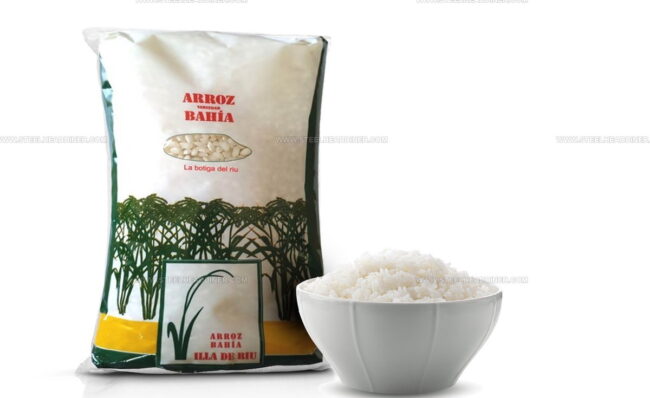
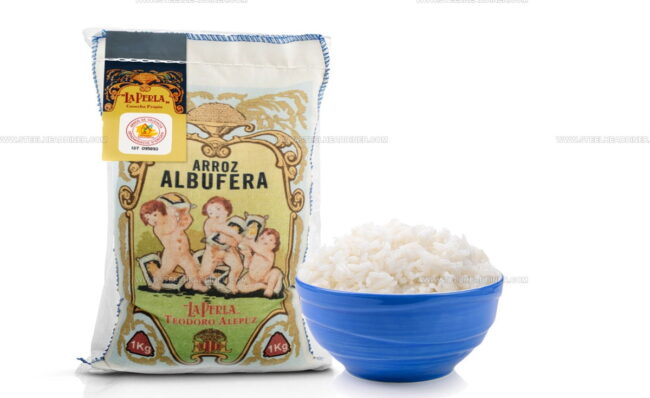

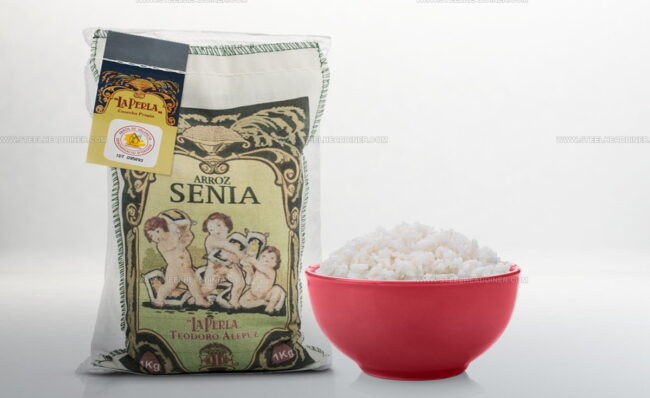
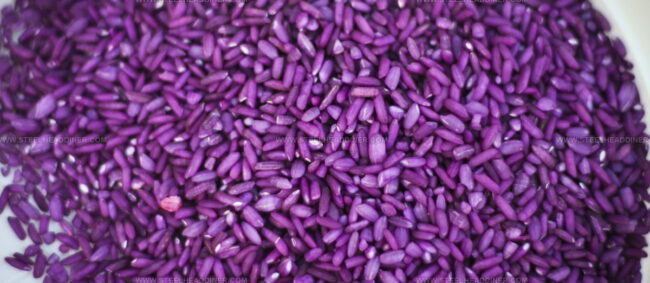

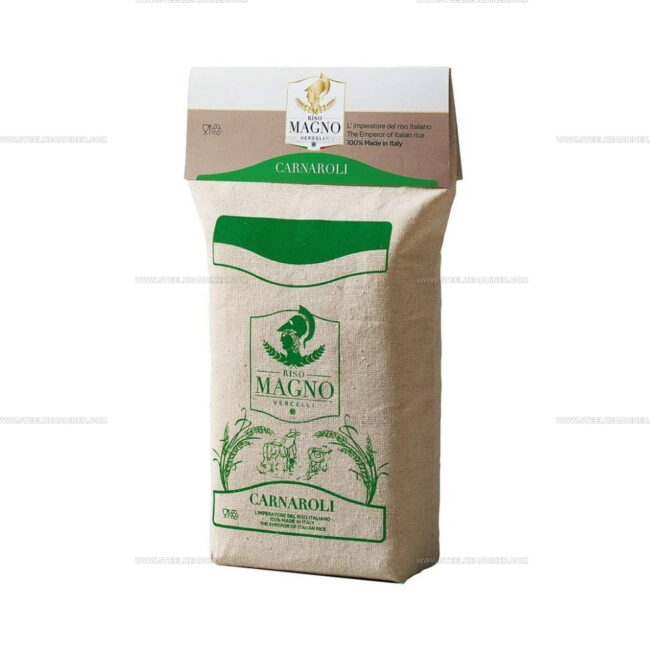
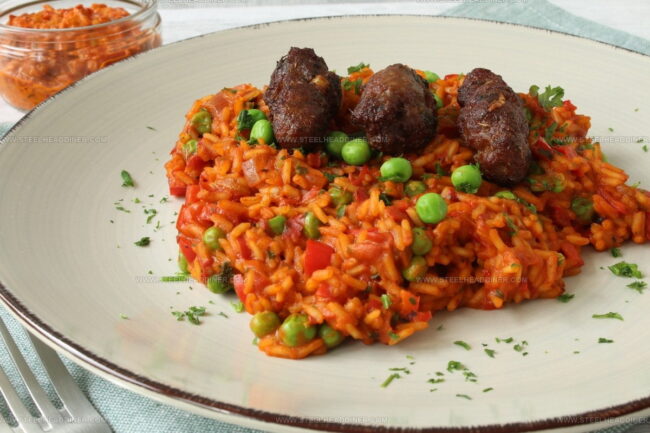
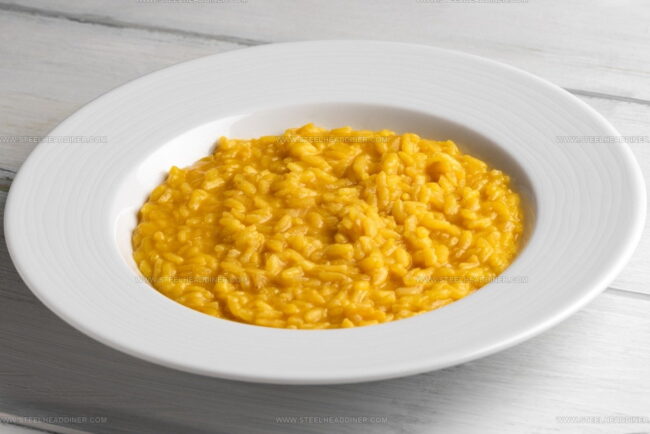
Jack Monroe
Founder & Recipe Innovator
Expertise
Pacific Northwest cuisine, Single-serving recipe development, Sustainable sourcing and cooking, Modern comfort food
Education
Brightwater
Associate of Applied Science in Culinary Arts
Focus: Sustainable cooking, seasonal ingredients, and food systems education
Jack grew up with a fishing rod in one hand and a cast-iron skillet in the other. After graduating from Brightwater: A Center for the Study of Food, he set out to prove that cooking for one could still taste like a feast.
Jack believes that food should feel real: fresh, fearless, and a little wild, just like the rivers he grew up around. For Jack, every single dish is a small adventure, and the best ones are the ones you can cook with heart, not hassle.